QuestionQUESTION: my son is having the exact same problem as you, with "water/pond worms" except they are eating the roots of his plants and therefore the plants are suffering
have you found any solutions?
we are unable to identify the culprits as of now (we have been searching (no luck)
(we do have fish, frogs, snails---but the worms have mutiplied)
they are on the bottom of pond (hidden)string-like, pinkish/red, 1-2" long
any help/suggestions would be great
thank you, joni
ANSWER: Hi! I've answered 5-20 questions a day for the last 10 years so I'm not sure to what question/problem you are referring. What species of plants are having their roots eaten? If they are floating plants, I would suspect the fish or maybe the snails of eating the roots. Goldfish and koi love to strip the roots off of water hyacinth for example. I keep mine in a floating plant protector until the plants are established to protect them.
The worms on the bottom of the pond sound like earthworms. Earthworms are terrestrial and sometimes fall into the pond. Do they look like earthworms? Large fish will eat them but if there are no large fish, the worms just rot and stink. They have to be removed (use a net or pond vacuum). If they're not earthworms, then I'm not sure what species of worm that they might be. Most aquatic worms and insect larvae don't just lay on the bottom of the pond but actively hide. I don't know of any aquatic worms that eat plant roots. They mostly eat debris. I hope you can figure out what is going on! Good luck!
Robyn
fishpondinfo.com
---------- FOLLOW-UP ----------
QUESTION: Hi Robyn,
This is Jeff, the son of the previous person that wrote you regarding pond worms.
My mom misunderstood who she was sending the question to - she thought she was sending it to the person that originally posted who appeared to have the same problem.
Anyway, these are definitely not earthworms, since earthworms are very large.
These are only about the width of fishing line, but are anywhere from a half inch to 2 or 3 inches in length. They vary in color from transparent to pinkish or reddish, but even those are somewhat transparent, as you can see the dropping inside them (much like in an earthworm. They have tubes on the top layer of dirt in the buckets that are in my small pond, and at night (and sometimes during the day) they come out of the tubes and sway back and forth until something disturbs them. They decimated some of my plants this spring/winter.
I had a few aquatic plants including an Arrowhead species, and also Pontedaria cordata, and when I noticed the plants weren't coming back up, I investigated and found them infesting the rootstock. There were probably close to a hundred of them in the roots.
I'm not sure if they are a type of worm, nematode, or something else, but I would like to find out how to get rid of them, as they are destroying all my plants!
I planted a Caltha palustris plant several days ago in one of the pots, and I took it out today to find they were already starting to get into it!
I can perhaps try and get a picture, but they're very thin and small, so it may be difficult.
Thanks much for any help!
God bless,
Jeff
AnswerOk, if they have little tube homes, then they are not worms. They are insect larvae, probably caddisfly larvae, bloodworms (if bright red; a type of midge larvae), or midge larvae. Some of those insect larvae can eat plants. Two or three inches long seems awfully big for those larvae though but they certainly have the tube homes. Perhaps you have some large species of similar insect larvae. There are some moth larvae that are more destructive than the caddisflies and midges. The insect larvae are collecting food in the water column when they sway back and forth. To eat your plants, they'd have to leave their tube homes. Some of these insect larvae may be killed by Bt which is a bacteria used to kill mosquito larvae. Bt comes as mosquito dunks, bits, or Microbe-Lift liquid Bt which is less messy. It's worth a try.

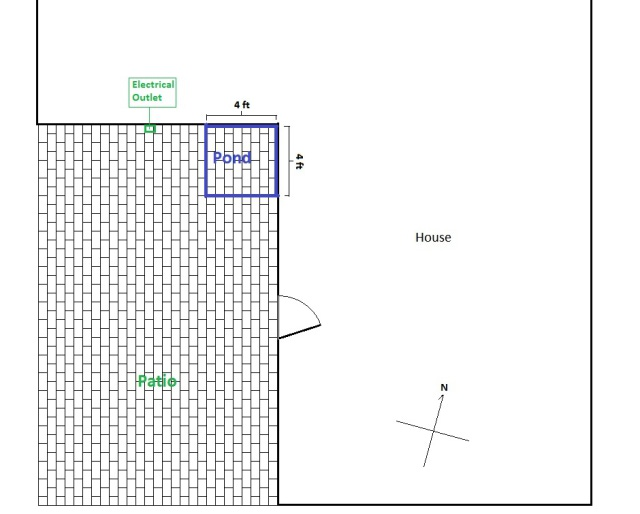 Help with building patio pond.
Question
diagram
I live near St. Louis, Missouri
Help with building patio pond.
Question
diagram
I live near St. Louis, Missouri
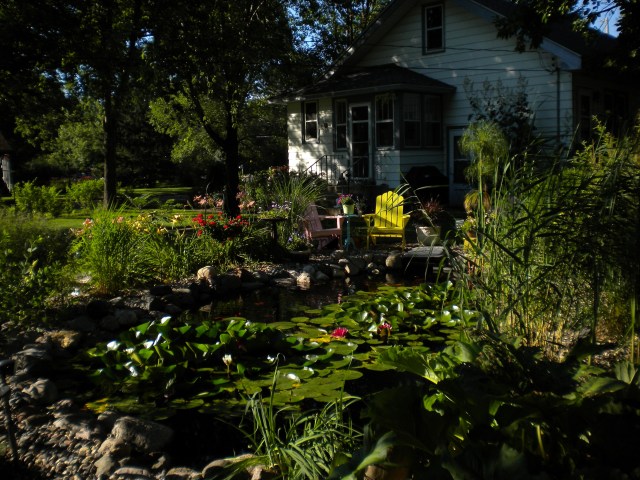 over winter large koi in MN pond
Question
my pond
My pond is 4000 gallons, 4 feet deep a
over winter large koi in MN pond
Question
my pond
My pond is 4000 gallons, 4 feet deep a
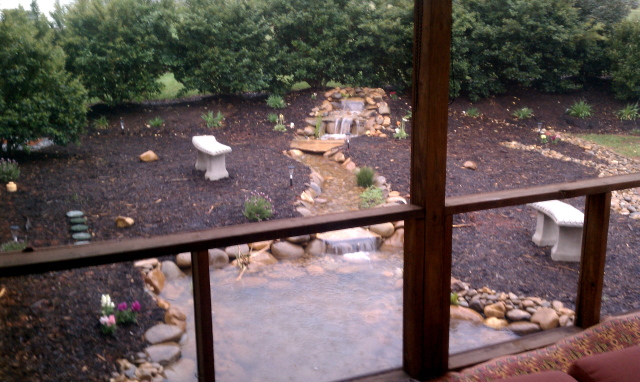 shy koi
Question
Pond
We had a pond professionally installed an
shy koi
Question
Pond
We had a pond professionally installed an
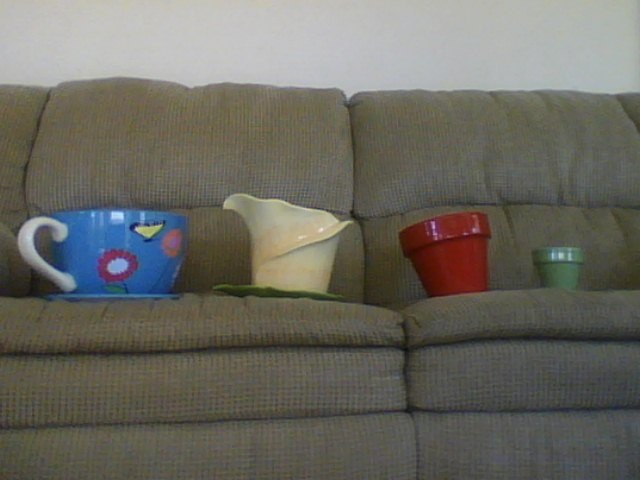 Building a water feature
Question
4 Pots
My mom bought 4 flower pots and
Building a water feature
Question
4 Pots
My mom bought 4 flower pots and
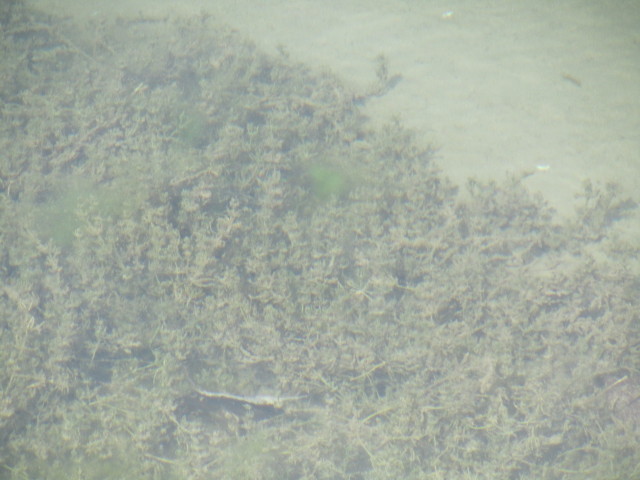 Pond Weeds
Question
Pond Weeds
Can yout ell me what kind of weed t
Pond Weeds
Question
Pond Weeds
Can yout ell me what kind of weed t